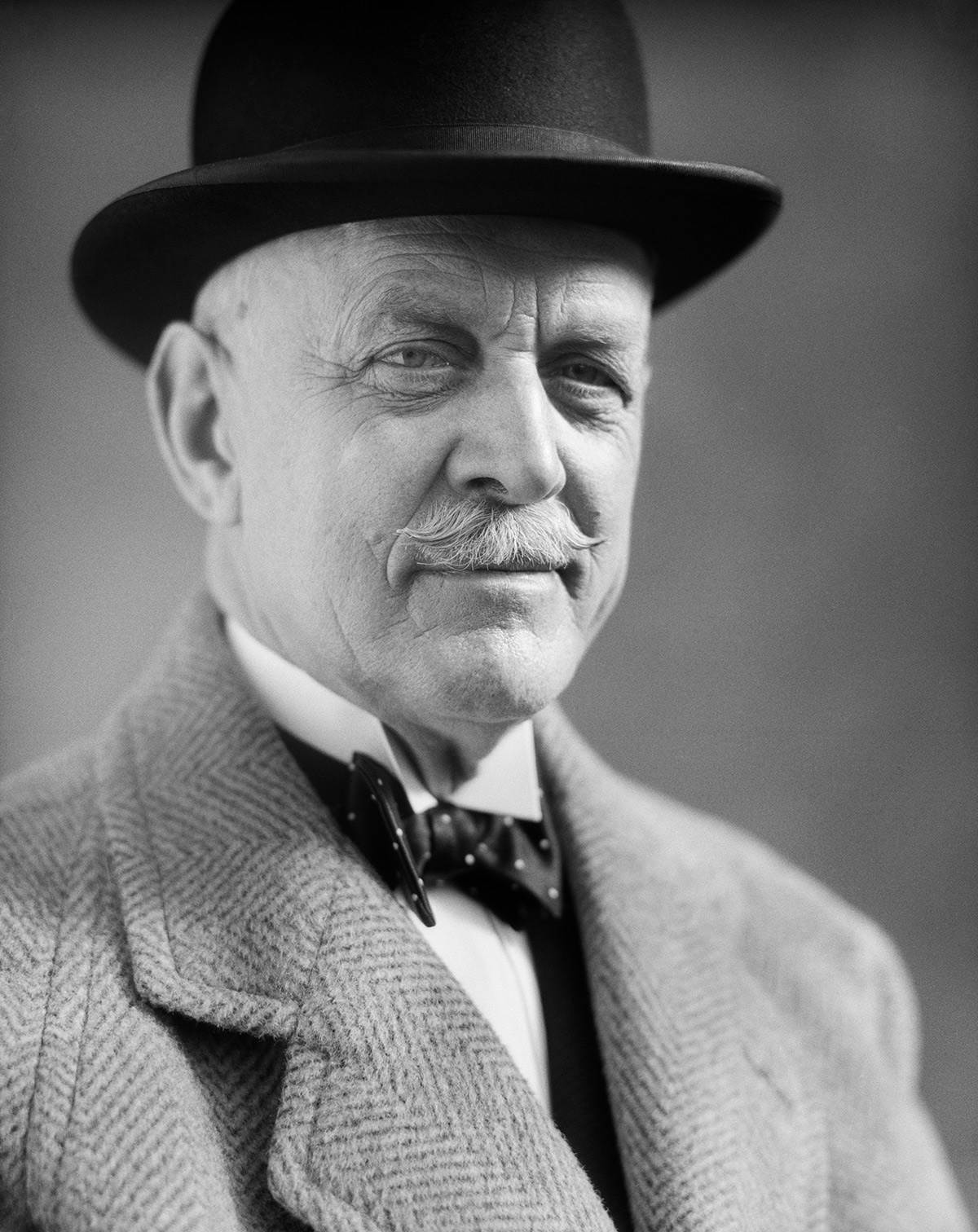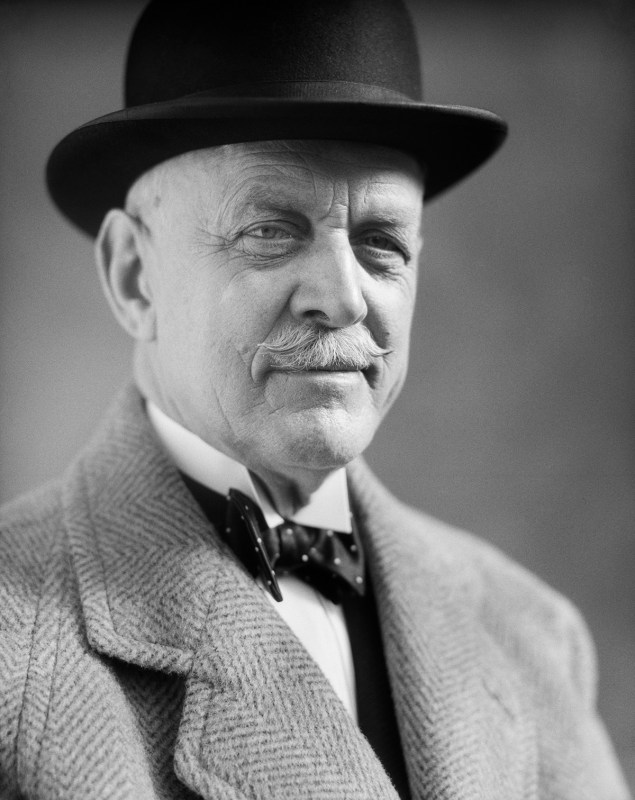
Welcome to the new financial analysis column for Real Clear Life, “Mr. Market Speaks.” I am Mr. Market.
Yes, that market itself, made famous by my high priest (and fellow self-promoter) W. Buffett. I look in the mirror each morning and see fear, greed, schizophrenia, black swans and a long tail. Fortunately, I have fallen up and to the right for over 200 years, since our founding fathers shouted stock orders under a buttonwood tree and teenaged Cornie Vanderbilt rowed in from Staten Island. My mirror is framed in gold.
What shall we talk about today?
How about the recent Wall Street Journal article, headlined “Calpers Is Sick of Paying Too Much for Private Equity,” with the subheading, “Pension fund’s private equity returns were 12.3% over 20 years, but they would have been 19.3% without fees and costs.”
Talk about turning good news into sour grapes! It’s a little like a headline, “Serena Williams Wins $1 million prize as Wimbledon doubles champ. … Would have won $2 million if Venus played for free.”
Calpers’ own study finds that private equity returned 12.3% per year for 20 years, AFTER all fees and expenses, while public equity returned 8.2%, fixed income returned 7.0% for that same period of time; real estate returned 7.2%, and “liquidity” returned 3.2%.
Private equity’s advantage is dramatic on its face, and even more so when you consider the power of compounding. $1,000 invested at a private equity-style 12.3% per year for 20 years is worth $10,176.00. $1,000 invested at a public equity- style 8.2% per year for 20 years is worth just $4,837.00. $1,000 invested at a fixed income 7% for twenty years is worth $3,870.00.
Even $1,000 invested in the legendary Berkshire Hathaway 20 years ago is worth much less, at $7,159.00.
In short, Calpers’ pensioners should ask the trustees, “why didn’t you invest MORE into private equity?” since it is so much better than the other asset classes, even after all costs.

Furthermore, the phrase “fees and expenses” is used in an inappropriate and misleading way, because it confuses partners with employees.
When Venus and Serena agree to play doubles tennis as partners, neither is a “fee” or employee to the other; each is a partner in a venture, with a predetermined split of any winnings. Venus might bring a power serve and Serena might have a great net game; the key is to form a combination where they win.
The same is true in private equity partnerships. Institutions like Calpers bring the strength of their money, and private equity investment teams bring the strength of their ideas, management skill and their own (smaller amount of) money. Traditionally, the big money partners, such as Calpers, get all their money back, including their expenses, and 80% of all the partnership’s ownership and winnings. The management partner team owns the remaining 20%, which it owned from the day the partnership started as the partnership’s founder.
You can argue that the money partner is charging a giant 80% ownership fee to the manager for the use of its money, or you could argue that the manager is charging a 20% ownership fee to the money partner for the management’s involvement. The reality – and the way the tax law and technical rules have worked for the last 100 years or so – is that neither partner is paying the other a fee; they are just venturing together. It is no different than a rich dad staking his son-in-law to start a business, where the dad owns a piece from “day one” for cash and the son owns a piece from “day one” for sweat equity.
And then let’s consider that other number: the 19.3% gross return on private equity.
$1,000 growing at 19.3% per year for 20 years is worth $34,104.00, or over seven times the Calpers’ public equity return of $4,837, and almost five times the return on Berkshire Hathaway. This demonstrates pretty exceptional value creation for the private equity field as a whole, as compared to public equities, Berkshire Hathaway or any other major asset class. And remember, the 19.3% return is for the average fund in Calpers’ portfolio, not the best.
Private equity is no longer your father’s Oldsmobile. It has evolved over the past four decades to become a form of business, rather than a form of finance, and brings capital and skill to Main Street companies. The leading firms have gone from small five or six man shops in the 1980s, to hundreds of staff or more at “headquarters” and thousands in the portfolio companies.
Many of the best executives in the country now work at private equity firms, where they can spend five years or more, transforming and improving companies without the pressures of quarterly reporting or daily stock price movements. The 19.3% annual return for 20 years speaks for itself.
So how about the rest of the Journal article: the idea that Calpers (which is apparently “sick” of its best performing asset class) might become the active management partner as well as the money partner, and keep ALL the prize money? Well, how about the idea of Serena dumping Venus at next year’s Wimbledon doubles, and competing by herself against the best two-person teams?
Or how about Aesop’s famous fable of the dog on a bridge with a bone in its mouth that saw its reflection in the water? That dog opened its jaws to take both bones, and trotted home with none.
-Mr. M. for RealClearLife
This article was featured in the InsideHook newsletter. Sign up now.
























